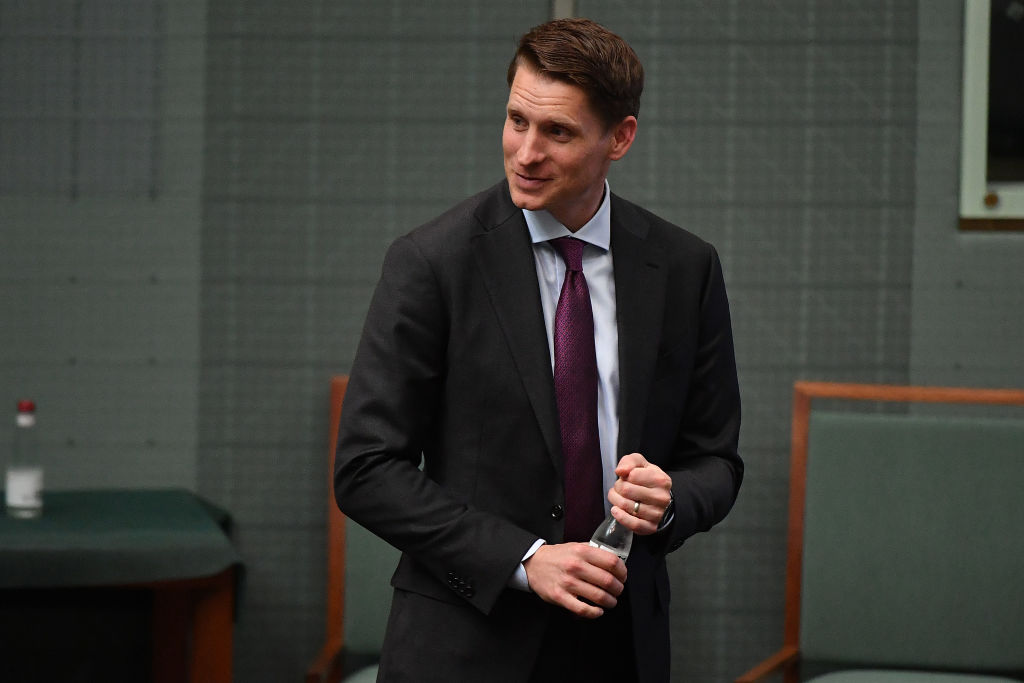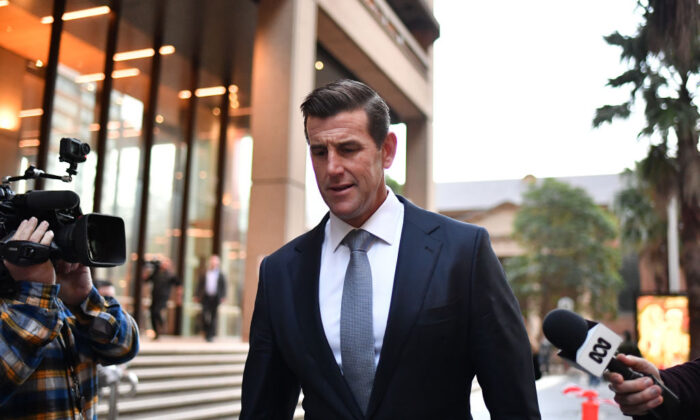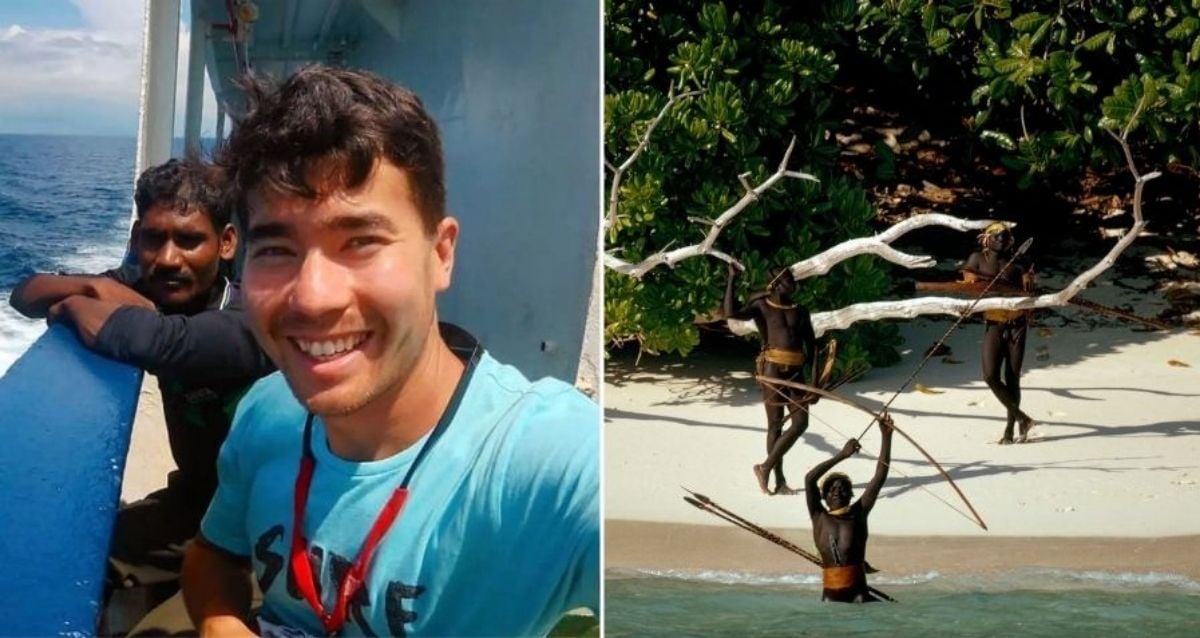0 Комментарии
0 Поделились
413 Просмотры

Каталог
Elevate your Sngine platform to new levels with plugins from YubNub Digital Media!
-
Войдите, чтобы отмечать, делиться и комментировать!
-
 YUBNUB.NEWSSoy Boy Harry Sisson Lectures MAGA on Manliness While Dining on Sushi with Off-Screen Girlfriend[unable to retrieve full-text content]0 Комментарии 0 Поделились 402 Просмотры
YUBNUB.NEWSSoy Boy Harry Sisson Lectures MAGA on Manliness While Dining on Sushi with Off-Screen Girlfriend[unable to retrieve full-text content]0 Комментарии 0 Поделились 402 Просмотры -
-
 YUBNUB.NEWSLiberal Andrew Hastie Eyes Future LeadershipMeanwhile, Labor also sworn in a new cabinet recently with several promotions.Liberal MP Andrew Hastie has revealed he has ambitions to lead his party in the future, just days after a new Opposition leader0 Комментарии 0 Поделились 397 Просмотры
YUBNUB.NEWSLiberal Andrew Hastie Eyes Future LeadershipMeanwhile, Labor also sworn in a new cabinet recently with several promotions.Liberal MP Andrew Hastie has revealed he has ambitions to lead his party in the future, just days after a new Opposition leader0 Комментарии 0 Поделились 397 Просмотры -
 YUBNUB.NEWSPETA Calls on Brisbane Broncos to Be Rebranded the BoomerangsPETA is insisting the Broncos should change their name and abandon their mascot in a move aimed at curbing support for rodeos. The Australian branch of animal activist group PETA (People for the Ethical0 Комментарии 0 Поделились 399 Просмотры
YUBNUB.NEWSPETA Calls on Brisbane Broncos to Be Rebranded the BoomerangsPETA is insisting the Broncos should change their name and abandon their mascot in a move aimed at curbing support for rodeos. The Australian branch of animal activist group PETA (People for the Ethical0 Комментарии 0 Поделились 399 Просмотры -
 YUBNUB.NEWSBen Roberts-Smith Loses Appeal Over Reporting of His War CrimesThe Victoria Cross recipient now faces a multi-million-dollar cost bill after the Federal Court found in favour of Nine Newspapers and two journalists.A seven-year legal battle between publisher Nine,0 Комментарии 0 Поделились 396 Просмотры
YUBNUB.NEWSBen Roberts-Smith Loses Appeal Over Reporting of His War CrimesThe Victoria Cross recipient now faces a multi-million-dollar cost bill after the Federal Court found in favour of Nine Newspapers and two journalists.A seven-year legal battle between publisher Nine,0 Комментарии 0 Поделились 396 Просмотры -
 YUBNUB.NEWSThe Dead Internet Theory: FTC Reveals Fake Instagram ActivityGreetings, reader. This is not a bot. You are reading an article generated from a real person. Todays article is about Instagram and the Dead Internet Theory. The theory states that most of the internet0 Комментарии 0 Поделились 402 Просмотры
YUBNUB.NEWSThe Dead Internet Theory: FTC Reveals Fake Instagram ActivityGreetings, reader. This is not a bot. You are reading an article generated from a real person. Todays article is about Instagram and the Dead Internet Theory. The theory states that most of the internet0 Комментарии 0 Поделились 402 Просмотры -
 YUBNUB.NEWS'Zero Prison Time': DA Sentences Illegal Teen Who Killed Woman to Community ServiceSadly, we have another name to add to the list of women killed by illegal immigrants: Kaitlyn Weaver. Weaver was killed when a teenage illegal alien without a driver's license slammed into her car at0 Комментарии 0 Поделились 390 Просмотры
YUBNUB.NEWS'Zero Prison Time': DA Sentences Illegal Teen Who Killed Woman to Community ServiceSadly, we have another name to add to the list of women killed by illegal immigrants: Kaitlyn Weaver. Weaver was killed when a teenage illegal alien without a driver's license slammed into her car at0 Комментарии 0 Поделились 390 Просмотры -
 YUBNUB.NEWSINVESTIGATION Launched Into James Comey Over Post Calling for Trumps Ass*ssin*tionWe have yet another update on former FBI Director James Comeys sick social media post calling for President Trumps assassination. In case you havent seen the post yet, here it is: BREAKING: James0 Комментарии 0 Поделились 405 Просмотры
YUBNUB.NEWSINVESTIGATION Launched Into James Comey Over Post Calling for Trumps Ass*ssin*tionWe have yet another update on former FBI Director James Comeys sick social media post calling for President Trumps assassination. In case you havent seen the post yet, here it is: BREAKING: James0 Комментарии 0 Поделились 405 Просмотры -
 YUBNUB.NEWSDHS Fills in Gaps in Story of Venezuelan Toddler Whose Parents Were DeportedThere was big news on Wednesday that was overshadowed by Jake Tapper's stupid book. A toddler who was kept in the United States after her parents were deported to Venezuela has been reunited with them0 Комментарии 0 Поделились 403 Просмотры
YUBNUB.NEWSDHS Fills in Gaps in Story of Venezuelan Toddler Whose Parents Were DeportedThere was big news on Wednesday that was overshadowed by Jake Tapper's stupid book. A toddler who was kept in the United States after her parents were deported to Venezuela has been reunited with them0 Комментарии 0 Поделились 403 Просмотры




